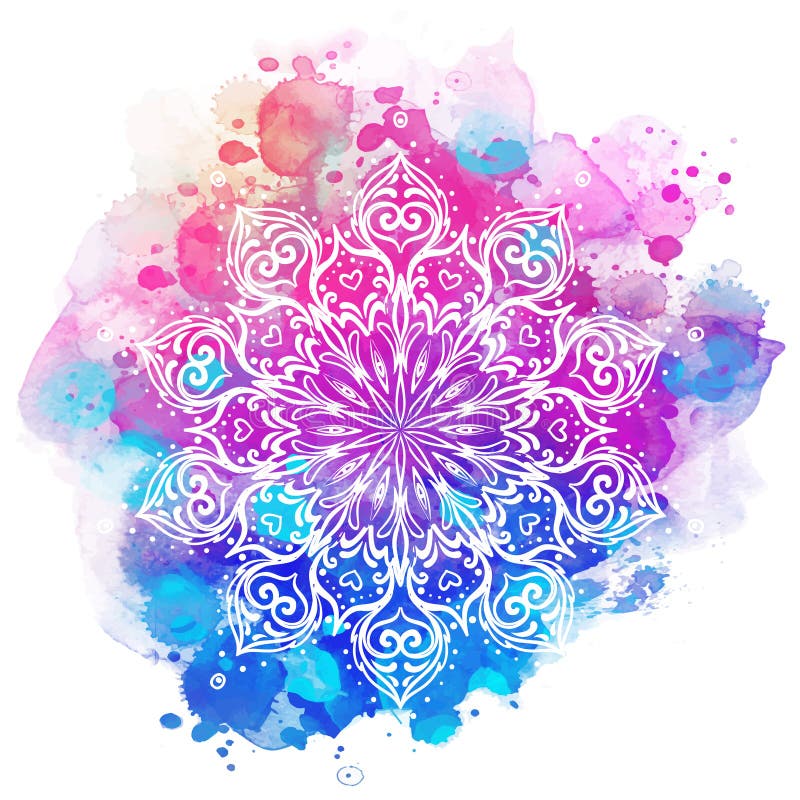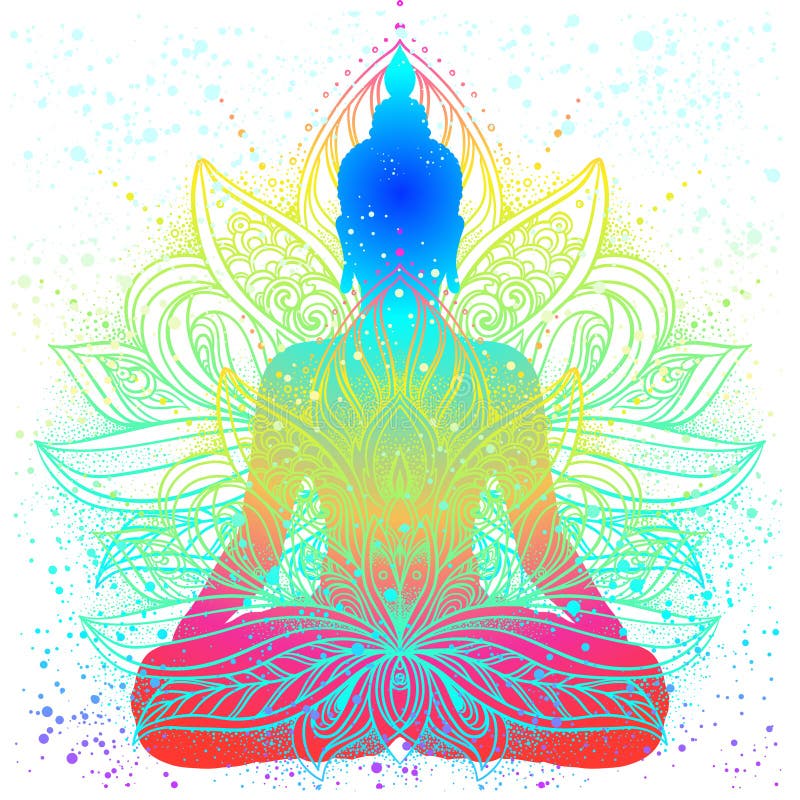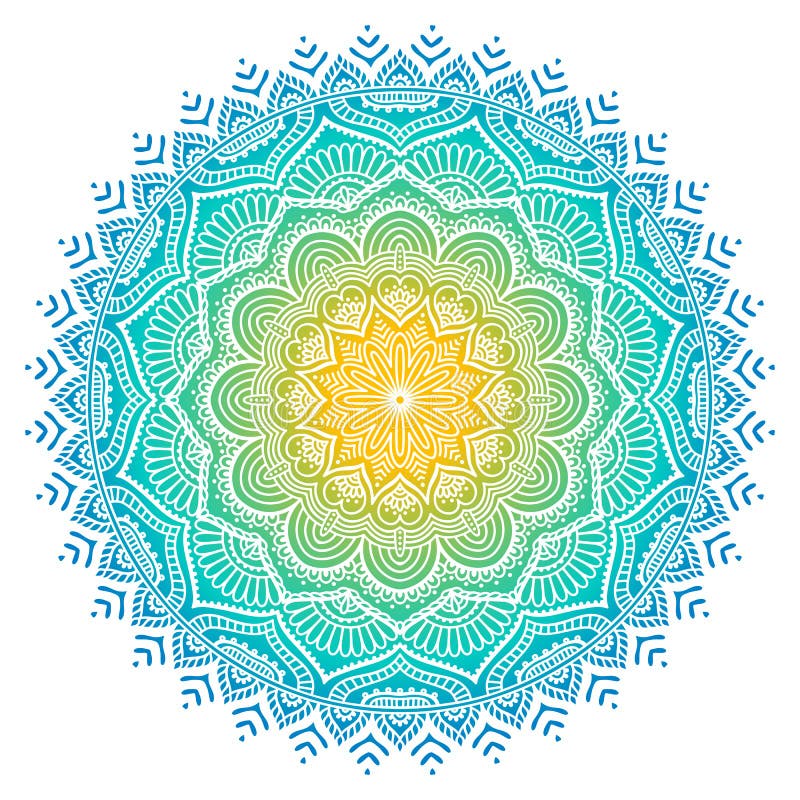Mandala for the soul
Mandala is a Sanskrit word meaning the circle and reflects the universe
and everything in it.

What are Mandalas?
The word “mandala” comes from the ancient Sanskrit word signifying “circle.” The meaning of mandalas, however, extends far beyond their simple shape. Mandalas represent the wholeness of life, and the unity that exists among living beings and the world in which we all exist. They play a role within many spiritual traditions, and can be found within a variety of cultures. Mandalas are all around us; they take the form of a pattern that has a circle within a circle. Examples of Mandalas: Flowers, Fruit, Tree Rings, Human Cells, Planet Earth, Solar System, Milky Way Galaxy.
Mandalas Within Buddhist Tradition
Buddhism makes frequent use of the mandala. In some applications, mandalas are used to symbolize the universe, and to emphasize the role of the self within that larger sphere. These types of mandalas are used within Buddhism to aid in meditation or to induce trance states. Another use of the mandala within the Buddhist tradition is as a symbol of wisdom and the impermanence of human life. In these types of mandalas, the circle usually begins with a ring of fire as the outer layer. This represents wisdom, and a protective boundary against the outside world. Next comes a ring that depicts the eight charnal grounds, which is a powerful symbol in Buddhism. Charnal grounds are areas in which human bodies are left to decompose; sometimes after being burned and other times simply left above ground, exposed to the elements. Charnal grounds represent the impermanence of human life, and meditation at such sites is intended to remind one that they, too, will one day attain a similar fate.

Mandalas in Psychology
The Swiss psychologist Carl Jung is credited with bringing the mandala into Western culture, and pioneering the use of the term as a name for symbolic circular drawings. A longtime appreciation of Indian philosophy and tradition led Jung to connect his own circular art projects to the ancient use of the same basic structure and form. Jung believed that during intense periods of self-growth, people have a natural urge to create mandalas, and that the resulting artwork is symbolic of the transformative re-balancing that is underway in the psyche of the individual artist.

Mandalas in Popular Culture
Creating a mandala can provide a pathway to meditation and centering, giving the artist a focal point to direct his or her energy and thought. The act of drawing, painting or otherwise creating a mandala can also teach essential self-soothing skills. In other settings, mandalas can be used in conjunction with other exercises to facilitate emotional expression, and can give the artist the visual representation of a confined arena in which to place his or her anxieties, frustrations, fear or anger. The potential applications of mandalas within the therapeutic setting are as varied as the symbol itself, and mandala art has become so widely appreciated that an array of mandala coloring books can be found in bookstores and other settings.
What Is Mandala Art Therapy?
Mandala art therapy is a form of psychotherapy in which a trained therapist guides clients through a variety of artistic processes using geometric patterns in an effort to find or restore a sense of healthy mental balance. Art therapy was put into practice long before the term itself was coined, and mental health practitioners have long understood the power of artistic expression in addressing a wide range of psychological issues. Today, art therapy is used to help treat depression, post-traumatic stress disorder, grief, anger management more. Mandalas in art therapy have gained a great deal of recent attention.

Learn more about Mandalas
Learn more about Art Theraphy